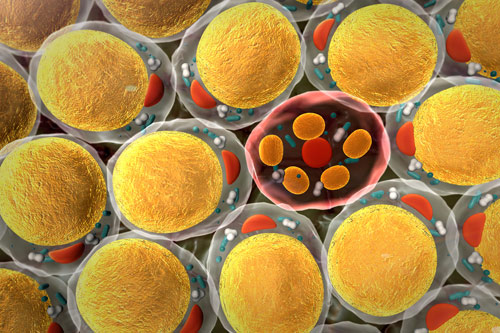Abstract
Background: Clinical trials reported 25-30% pathologic complete response (pCR) rates in HER2+ breast cancer (BC) patients treated with anti-HER2 therapies without chemotherapy. We hypothesize that a multiparameter classifier can identify patients with HER2 “addicted” tumors who may benefit from a chemotherapy-sparing strategy. Patients and Methods: Baseline HER2+ BC specimens from TBCRC023 and PAMELA trials of neoadjuvant lapatinib+trastuzumab (plus endocrine therapy in ER+ tumors) were used. HER2 protein and gene amplification (ratio), HER2-enriched (HER2-E), and PIK3CA mutation status were assessed by dual gene protein assay (GPA), research-based PAM50, and targeted DNA-sequencing. GPA cutoffs and classifier of response were constructed in TBCRC023 using a decision tree algorithm, then validated in PAMELA. Results: In TBCRC023, 72 BCs had GPA, PAM50, and sequencing data, of which 15 had pCR. Recursive partitioning identified cutoffs of HER2 ratio≥4.6 and %3+ IHC-staining≥97.5%. With PAM50 and sequencing data, the model added HER2-E and PIK3CA wild-type (wt). For clinical implementation, the classifier was locked as HER2 ratio≥4.5 and %3+ IHC-staining≥90% and PIK3CA-wt and HER2-E, yielding 55% and 94% positive (PPV) and negative (NPV) predictive values, respectively. Independent validation using 44 PAMELA cases with all three biomarkers yielded 47% PPV and 82% NPV. Importantly, our classifier’s high NPV signifies its strength in accurately identifying patients who may not be good candidates for treatment de-escalation. Conclusions: Our multiparameter classifier differentially identifies patients who may benefit from HER2-targeted therapy alone from those who need chemotherapy and predicts pCR to anti-HER2 therapy alone comparable to chemotherapy plus dual anti-HER2 therapy in unselected patients.







